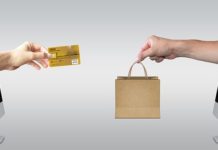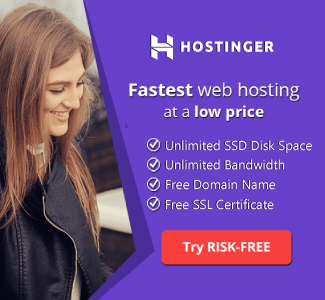Landing pages are not created equal – some convert leads more than others do. And It is not by chance that this happens, but by integration of elements that help some landing pages perform optimally. If you are just getting started with landing pages, or have one that isn’t living up to its expectation, then you will find this guide to be useful, because we highlight the top six characteristics of high converting landing pages.
The page structure
The first thing that users see when they land on your page is its structure, which is why you have to present it in a way that makes them want to stay. If yours is disorganized, without a proper flow of information, then you are bound to have higher bounce rates. Don’t assume that the information on the landing page has to flow logically from top to bottom followed by a call-to-action – not every prospect will make it to the bottom of the page. High converting landing pages add a call to action button throughout the page, this could be at the top, in the middle or sideways of the page, and surprisingly, it works.
The headline
With human attention spanning at eight seconds, the importance of using targeted headlines can never be overemphasized. You will need to use eye-catching headlines, as well as sub-headlines to grab the attention of your prospects, and build their interest, ultimately, making them imagine how great your solutions are. Concisely, it should take the reader about five seconds to scan through the headline and sub-headline, and still manage to get substantial information regarding your offerings.
The visual content
It is hard to ignore the value of visual content – which explains why YouTube and Facebook are the leading social platforms globally. Pinterest, Tumblr, and Instagram are also not left behind. Visual content like videos and images dominate these platforms, with some of them making rounds on the internet. Top performing landing pages use images, infographics, videos, memes among other types of visual content to communicate their solutions. According to PR Daily, visual content receives 94% more views than text-only marketing. Top marketers seem to understand this fact very well.
The value proposition
In addition to the page structure, headline, and visual content, a good landing page should clearly state what’s in it for the client. What will the prospect gain buying a product from your site – why should they choose you over your peers? Simply put, this is where you address the client’s pain point or provide the answer that they have been looking for. You may list the value proposition in easy-to-scan bullet points, embed it in the headline, or even integrate it in the visual content.
The call to action
Landing pages are used to direct leads through a sales funnel or to warm them up to the offerings, but the call-to-action gets the leads to take a specific action. It works by catching the attention of prospects or to converting existing leads into buying clients. Call-to-actions come in different shapes and sizes, including, sidebar, slide-in, pop-up, form, button, social sharing, blog and so on.
Trust indicators
What better way of showing you are capable of delivering what you promise than by availing trust indicators on your landing pages? This may range from customer testimonials to reviews and everything in between. Trust indicators will vouch for your solutions and outline how other people benefited from using it.












